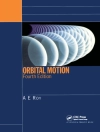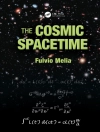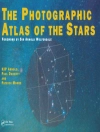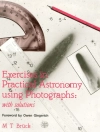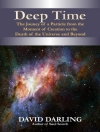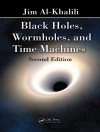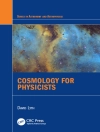These are the proceedings of the ‘Astro Net-II International Final Conference’. This conference was one of the last milestones of the Marie-Curie Research Training Network on Astrodynamics ‘Astro Net-II’, that has been funded by the European Commission under the Seventh Framework Programme.
The aim of the conference, and thus this book, is to communicate work on astrodynamics problems to an international and specialised audience. The results are presented by both members of the network and invited specialists. The topics include: trajectory design and control, attitude control, structural flexibility of spacecraft and formation flying.
The book addresses a readership across the traditional boundaries between mathematics, engineering and industry by offering an interdisciplinary and multisectorial overview of the field.
قائمة المحتويات
Leveraging discrete variational mechanics to explore the effect of an autonomous three-body interaction added to the restricted problem.- An efficient sub-optimal motion planning method for attitude manoeuvres.- Bifurcations thresholds of halo orbits.- Unconventional solar sailing.- Two-body approximations in the design of low-energy transfers between Galilean moons.- Artificial equilibria in the RTBP for a solar sail and applications.- Terminal entry phase trajectory generator for reusable launch vehicles.- Two ASRE approaches with application to spacecraft Coulomb formations.- Novel approach on the optimisation of mid-course corrections along interplanetary trajectories.- Vision-based navigation around small bodies.- Analytical and semianalytical propagation of space orbits: the role of polar-nodal variables.- Small spacecraft formation flying using solar radiation pressure.- A note on dynamics about the coherent Sun–Earth–Moon collinear libration points.- The Trojan problem from a Hamiltonian perturbative perspective.-On distributed control strategies for spacecraft formation flying.- Formation flying guidance for space debris observation, manipulation and capture.- Low thrust relative motion control of satellite formations in deep space.- Efficient modelling of small bodies gravitational potential for autonomous proximity operations.- Sun-Earth L1 and L2 to Moon transfers exploiting natural dynamics.- An introduction to differential algebra and the differential algebra manifold representation.- Identification of new orbits to enable future missions for the exploration of the Martian moon Phobos.


